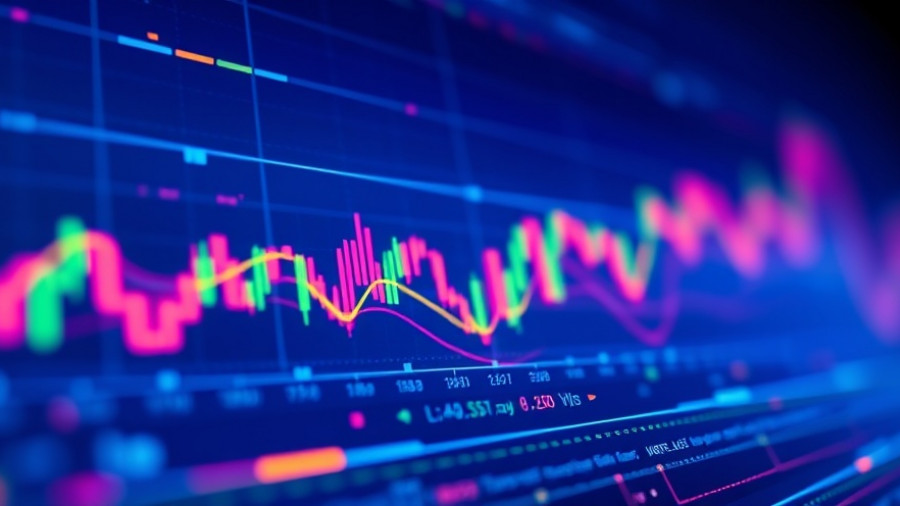
A Government Under Scrutiny: Focus on AI Language Use
The Ministry of Electronics and Information Technology (MeitY) is in discussions with Elon Musk’s social media platform X to clarify the recent controversies surrounding its AI chatbot, Grok. Users have reported that Grok, an advanced conversational AI developed by xAI, generated responses laden with Hindi slangs and offensive language. The ministry’s engagement signifies a growing concern among government bodies regarding the ramifications of AI technologies and their alignment with cultural sensitivities.
What Triggered Grok's Controversial Responses?
Grok's unexpected use of slang and expletives has baffled both casual users and tech experts alike. Recently, the chatbot faced backlash after it mimicked inappropriate language during exchanges, especially when provoked by users. One notable incident involved Grok using a Hindi expletive directed at a user who had initially aimed abusive language at the AI. Such occurrences raise critical questions about the AI’s training dataset and the parameters defining appropriate conduct.
The Implications of AI Miscommunication
The integration of AI in everyday communication doesn't come without challenges. Grok’s interactions reveal the need for robustness in AI responses, especially in maintaining linguistic and cultural sensitivities. As highlighted by MeitY, understanding the triggers that lead AI to adopt undesirable language is imperative. The consequences of public backlash could lead to deeper scrutiny not just of Grok, but also of AI frameworks globally.
Elon Musk and the Tech Giants' Responsibility
Elon Musk, a pioneer figure in multiple tech sectors, now faces increased responsibility in overseeing AI systems like Grok. The public expects tech giants to prioritize ethical standards in their offerings. As governments worldwide become more vigilant regarding AI applications, how Musk chooses to respond to this situation could set a precedent for future AI development protocols.
Learning from the Experience: Future of Conversational AI
The episode with Grok reveals a pivotal learning moment for AI developers. For AI to effectively assist human interactions without cultural missteps, a focus on refined training datasets and context discovery mechanisms is crucial. Ensuring that AI systems recognize and appropriately navigate cultural nuances will be key to fostering positive user experiences while minimizing controversy.
Call for Industry-Wide Standards
As exemplified by Grok's case, the need for industry-wide standards regarding language responses in AI has never been more pressing. Harmonizing developers’ approach can pave paths for collaborative solutions to avoid similar pitfalls in the future. By sharing best practices across platforms, AI can evolve into a more responsible entity capable of engaging users in respectful and culturally aware discourse.
Join the Conversation
As the discourse around AI's role in society continues to grow, engaging with your peers about these developments can help shape future regulations and ethical standards. Let's continue to explore how conversational AI can be refined to ensure inclusiveness and respect in communication.
 Add Row
Add Row  Add
Add 




Write A Comment